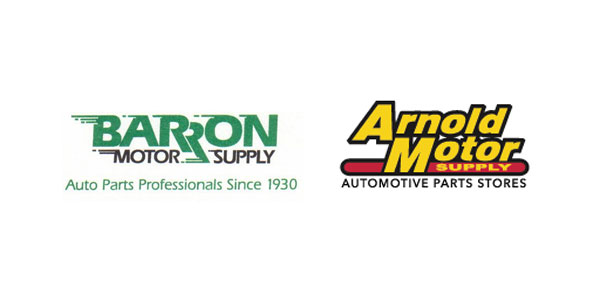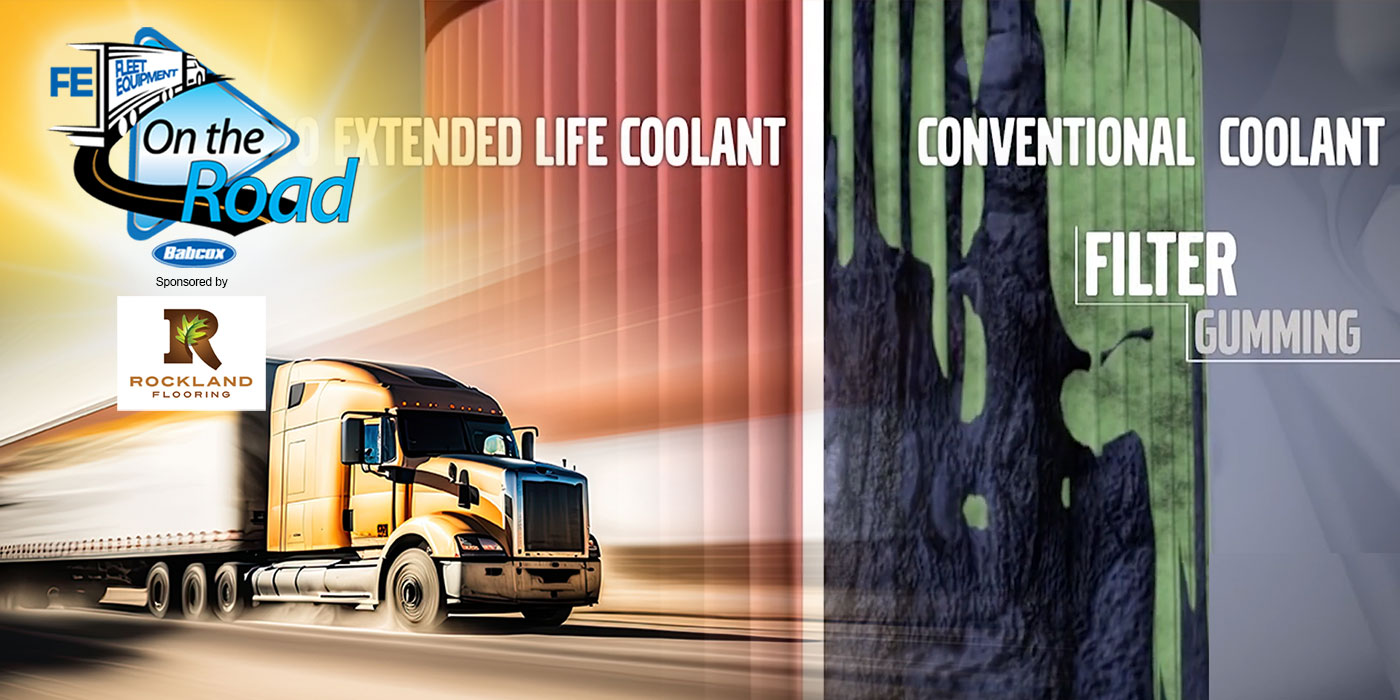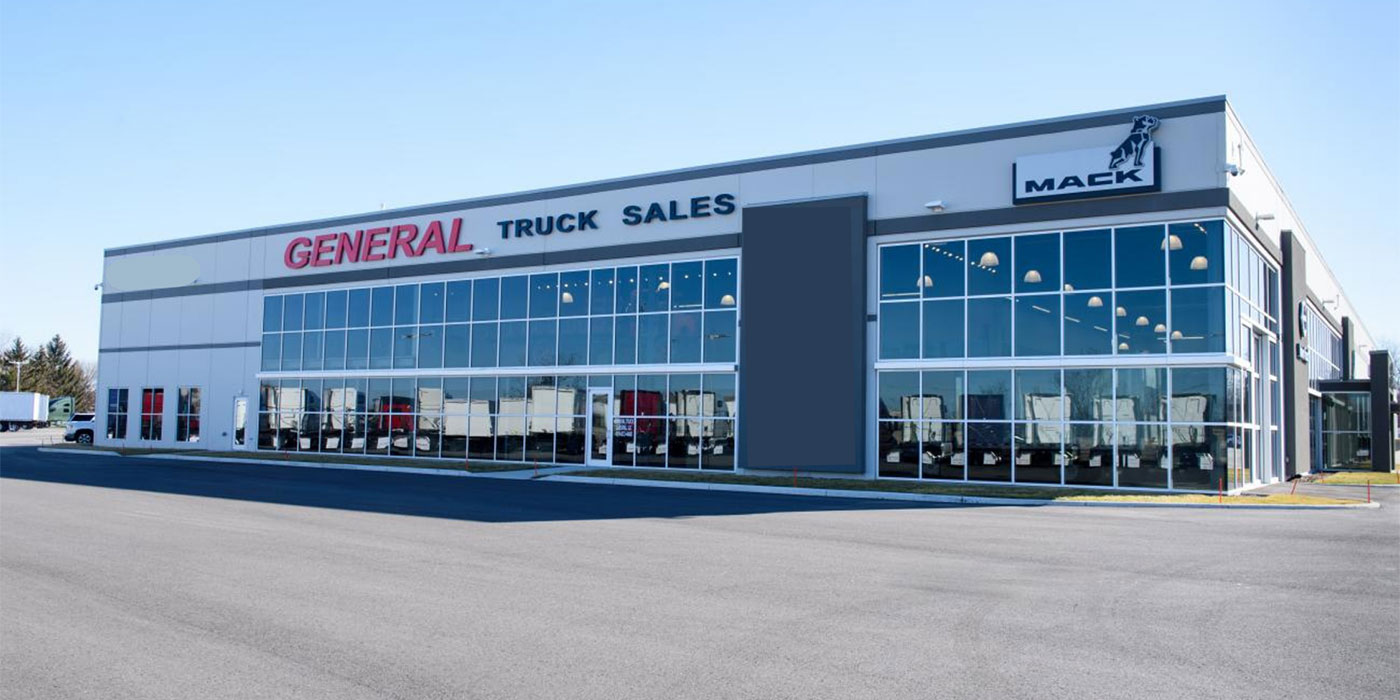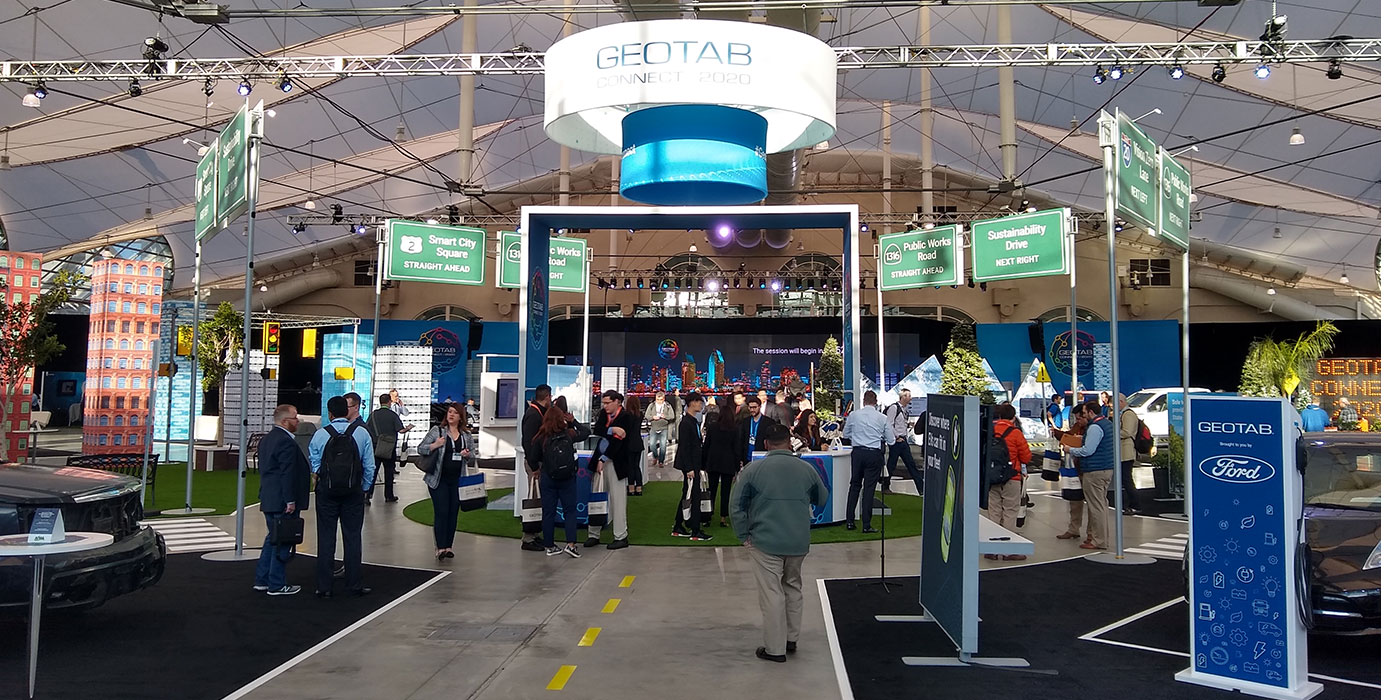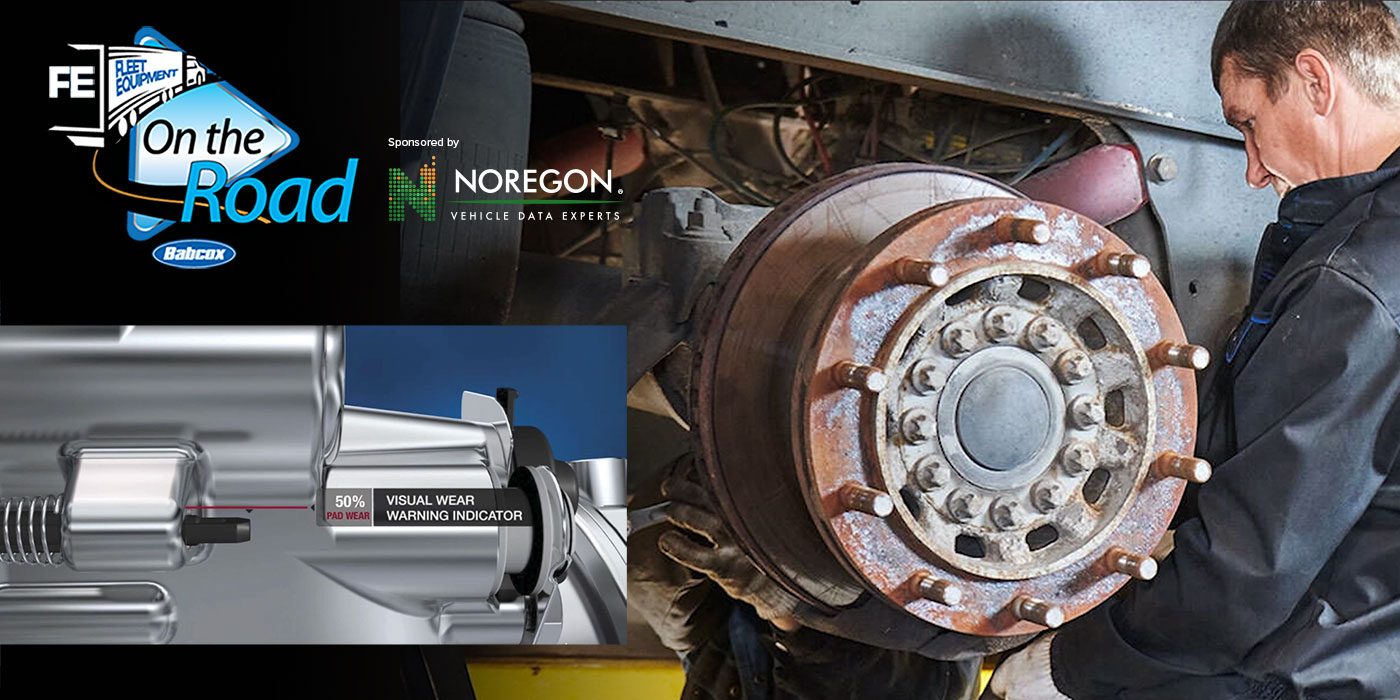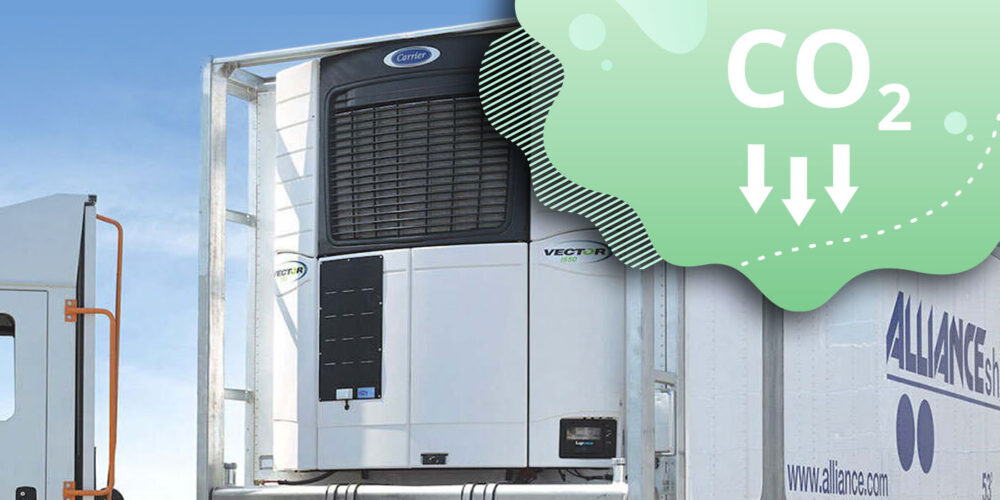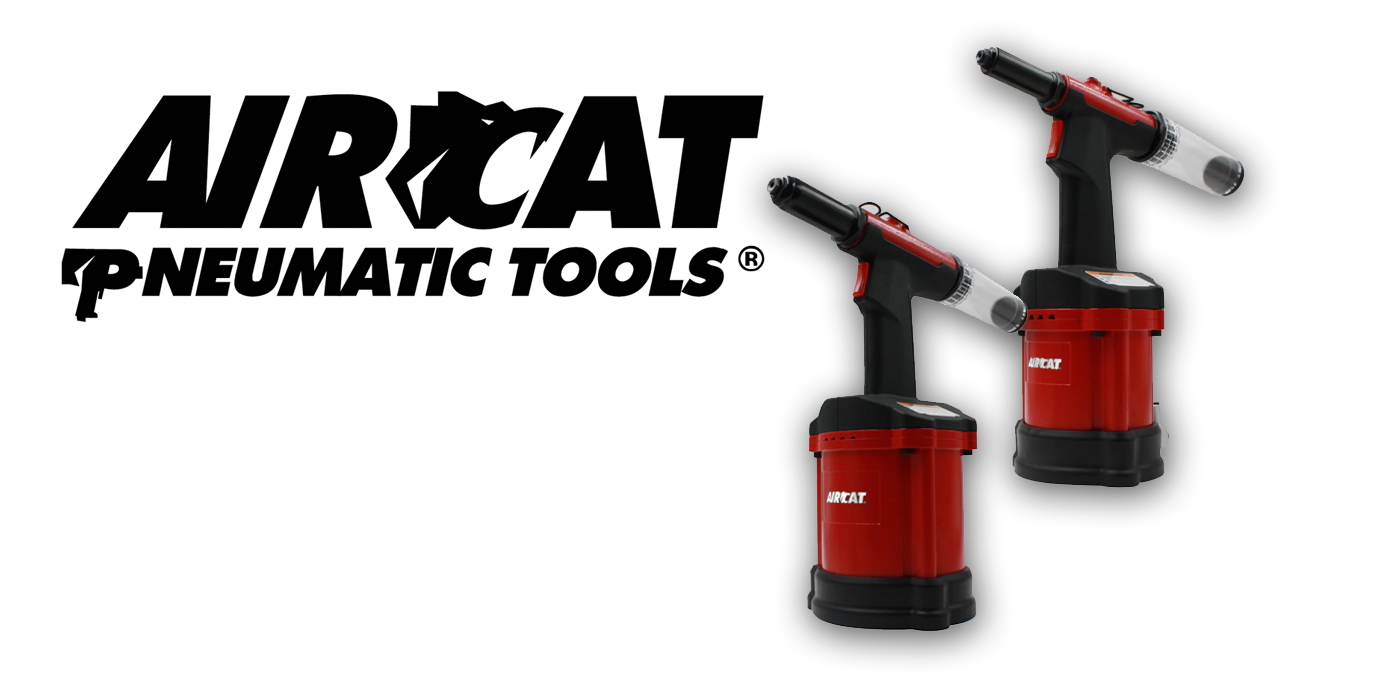Spec’ the right liftgates for the job and maintain them properly for best performance
To enhance productivity in loading and unloading operations, many fleets specify trailer and body liftgates. Specifying the correct liftgate can increase efficiency and create a safer operating environment. Fleets, however, vary widely in the nature of their operations so each has different liftgate needs.
Effective specifications are based on consideration of the type, weight and size of the cargo that is being hauled to effectively determine platform size, type and capacity. In addition, the type of material handling devices used to load and unload the product, such as small or large pallet jacks, rolling racks and hand carts, determines platform size and retention system needs. The number of times per day the driver will use the liftgate and how much travel time is between each stop is also important in determining battery requirements, type of liftgate and maintenance considerations.
Similar to all other vehicle systems and components, effective maintenance procedures help keep liftgates trouble free and operating efficiently, cost effectively and safely. All major liftgate suppliers offer maintenance recommendations for fleets equipping truck bodies and trailers with liftgates:
Anthony Liftgates . . . has released Daily Inspection videos that cover five basic steps a driver should perform to inspect and operate a liftgate. The Five Minute Inspection, the company says, includes:
• A complete visual inspection with the liftgate in the stored position to make sure it is properly secured and no parts appear bent or broken.
• Check around the hydraulic tank and hoses for any leaks.
• Operate the liftgate through one complete cycle and perform another visual inspection with the liftgate in the unfolded position.
• Check all bushings, pins, fasteners and electrical connections.
• Examine all warning, capacity, and operational decals and replace any that are missing or illegible. Report any problems found during this inspection to the company service technician or have them checked by an authorized repair facility.
Anthony also offers preventive maintenance guides for its liftgates that fleets can use to ensure proper and safe operation. These include a monthly schedule that includes a large number of very detailed steps to follow for inspecting batteries and electrical systems, power unit enclosures, hydraulic systems, proper operation and the liftgate itself. The company also covers semi-annual inspection procedures for the pump and motor.
Maxon Lift Corp. . . . issues general best practice guidelines for periodic liftgate maintenance, which is not type specific. Items on the list cover quarterly (1,250 cycles) and semi-annual (2,500 cycles) inspections that include numerous systems and components, and oil filter change intervals. Beyond general guidelines, the company also provides product specific maintenance procedures. Its manuals cover periodic maintenance, service and maintenance, hydraulic and electrical systems and troubleshooting. Among the items included are:
• Check the hydraulic fluid level in the pump reservoir.
• Grease zerk fittings on two lower pivot points.
• Check for worn out links on each of the two platform chains.
• Check each end of the two platform chains to make sure they are fastened properly.
• Check that all roll pins are in place and protrude evenly from both sides of he hinge pin collar.
• Replace roll pins if necessary.
• Check that all warning and instruction decals are in place and legible.
• Check electrical wiring for chafing and make sure wiring connections are tight and free of corrosion. (Maxon recommends using dielectric grease on all electrical connections.)
• Check hoses and fittings for chafing and fluid leaks. Replace if necessary.
• Keep track of the grade of hydraulic fluid in the pump reservoir. Never mix two different grades of fluid.
• Check for rust and oily surfaces. If there is rust or oil on the liftgate, clean it off. Touch up the paint where bare metal is showing.
• Inspect for wear on slide pads on the RH and LH runners.
• Check pump box cover seal. Replace seal if damaged.
Leyman Lift Gates . . . has developed a monitoring system, Maintenance Minder (On Board Technician), which monitors several functions of the liftgate and batteries, real time problems that are occurring, and when it is time to perform maintenance. The MM2 is standard on most of the company’s premium gates and optional on others.
By consistently maintaining a timely maintenance program, Leyman notes, a liftgate will operate at top efficiency resulting in lower costs. Time-based, preventive maintenance (PM) programs are a common component in a well-managed maintenance effort, the company adds, while condition-based predictive maintenance (CBPM) is also commonly employed.
Leyman also says that fleets can benefit from taking advantage of a liftgate manufacturer’s training programs and from the experience of technical support personnel who train personnel on maintenance, installation and operation of liftgates.
Beyond specifying the proper liftgates for their operations, implementing a comprehensive preventive maintenance program is one of the most cost effective ways to generate savings, improve safety and enhance productivity and customer service.
SAF-Holland . . . has the following maintenance recommendations for fleets equipping trucks and trailers with liftgates:
• Ensure that you become familiar with all occupational safety regulations and instructions pertaining to liftgate equipment. Equipment should not be operated or maintained by personnel other than those who have been thoroughly trained on this or similar type of equipment.
• Inspection and maintenance procedures should be performed at recommended intervals or any time the liftgate shows signs of improper or abnormal operation.
• Inspect and replace any decals that have been removed or have become illegible.
• Observe all Equipment Safety Instructions provided by manufacturer.
• Fleet managers should familiarize themselves with liftgate operation and develop operations and a safety-training program for drivers.
• Perform liftgate inspections on a daily (pre-trip), monthly (routine maintenance interval) and semi-annual (thorough maintenance) basis.
Visual inspections
• Visually inspect liftgate, hydraulic components and hoses and all supporting structure for damaged, loose or missing parts.
• Check to ensure there is no damage, twists, or missing links to chains and stanchions. Check to ensure the platform chains have an equal amount of tension when the platform is completely unfolded and off the ground.
• Check for oil leaks from lift cylinders, hydraulic hoses, hydraulic fittings and hydraulic components. Tighten any loose connections and fittings.
• Perform an overall inspection for damage such as bent or distorted members or any cracked welds, which may have resulted from overloading and or abuse.
• Check to ensure all nuts, bolts, pins and hinges are in place and properly secured and none are missing or damaged.
• Conclude visual inspection by cycling the liftgate up or down while checking the cycle time. If time exceeds 25 seconds verify batteries and/or pump motors.
Semi-annual inspections
• Check for any excessive wear to the roller and pin assemblies, hinge pins and plates, platform chain and chain stanchion.
• Inspect the pump motor, battery and connections.
• Examine motor armature brushes for excessive wear. Brushes should be replaced if less than 1/8-in. long. Apply several drops of lightweight machine oil to the armature shaft bearing in the motor end.
Lubrication
All pivot points should be lubricated using EP2 chassis grease. In severe winter conditions it may be necessary to lubricate more frequently. Lubricate liftgate at all manufacturer recommended locations.
Preventive maintenance
• Testing – Check to ensure the liftgate operates freely and smoothly throughout the entire operating cycle without unusual noise or vibration. Check to ensure the platform remains level when raised and lowered.
• Batteries – Load-test liftgate batteries (individually) to ensure sufficient power. Check all electrical wiring and battery cable connections to ensure they are tight and free of corrosion. Check electrolyte level of the batteries.
• Hydraulics – Verify hydraulic fluid level in reservoir in the pump box assembly is at proper level. If fluid is required be sure to follow the manufacturer’s procedures for purging air from the system. Always use the manufacturer’s recommended grade of hydraulic fluid. Ensure hydraulic connections at pump box and liftgate columns are securely mounted and free of twists or kinks. Change the hydraulic fluid and flush the system on an annual schedule.
• Cleaning – Steam clean liftgate, support structure and pump-box, also be sure to clean all residue from inside the motor housing.
Thieman Tailgates . . . produces a full line of hydraulic liftgates for light-, medium- and heavy-duty trucks and trailers. Products include: railgates, stowaways, sideloaders, conventionals, and pickup models with lifting capacities ranging from 1,000 lbs. to 6,600 lbs. The company suggests the following questions to ask when specifying a liftgate:
1. How large is the cargo that will be handled? Make sure the load area of the platform is large enough to carry the cargo.
2. How much does the cargo weigh? Include the weight of handling devices.
3. Will the vehicle be used for dock loading? Stowaways work most conveniently for dock loading. Railgates can also be used for dock loading applications.
4. What is the bed height of the vehicle? Make sure the liftgate you have selected has a bed height range that matches the actual bed height of the vehicle. Note: TVL railgates are recommended for vehicles with low bed heights.
5. If a stowaway or conventional model is being considered, is there enough room behind the rear spring hanger to mount the liftgate to the frame? Frame mounted lifts require 22-in. to 37.25-in. depending on the model selected and the bed height of the body.
6. Are the truck doors roll-up or swing type? Swing door hardware may interfere with the liftgate installation.
7. How often will the lift be used? Some applications require extensive use and may require heavy-duty electrical components.
8. Will the vehicle be used for towing? Railgates are ideal for towing applications. Thieman Toplifter models come standard with a 5,000 lb. towing bumper.
9. What material handling devices will be used? If a pallet jack or cart will be used to handle heavy cargo, the platform may require a heavy-duty reinforced surface to support high point loading.
Waltco Truck Equipment . . . offers a basic preventive maintenance check list that it calls a “cornerstone for any good liftgate maintenance program. Most of the items on the list are common sense, the company notes, including monitoring corrosion on electrical components and connections, which can be a large culprit in liftgate downtime, and addressing the challenge of keeping hydraulic systems free of water and other contamination. Waltco’s list includes:
• Make certain all warning, capacity and operation decals are in place and legible. If decals are missing or found to be illegible they should be replaced.
• Make certain all liftgate controls operate correctly.
• Check that the liftgate operates freely and smoothly throughout its entire cycle, and that there are no unusual noises or vibrations.
• Check that the platform is level when raised to bed height.
• Check that all transit/storage latches and devices operate properly.
• Check for any apparent damage to the liftgate such as bent or distorted components, and any cracked welds, which may have resulted from overloading or from contact damage.
• Check that all protective covers and guards are in place and properly secured.
• Visually inspect cylinders and hydraulic lines for oil leaks.
• Check the oil level in the fluid reservoir located in the power unit enclosure box. With the platform open and at ground level, the oil should be within one-half inch of the top of the reservoir.
• Lubricate all hinge and/or pivot points as recommended in the liftgate owner’s manual.
• Check that all wiring and battery cable connections are tight and free of corrosion.

